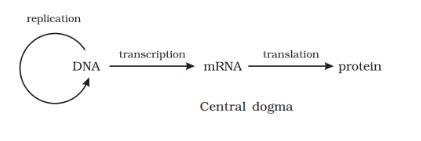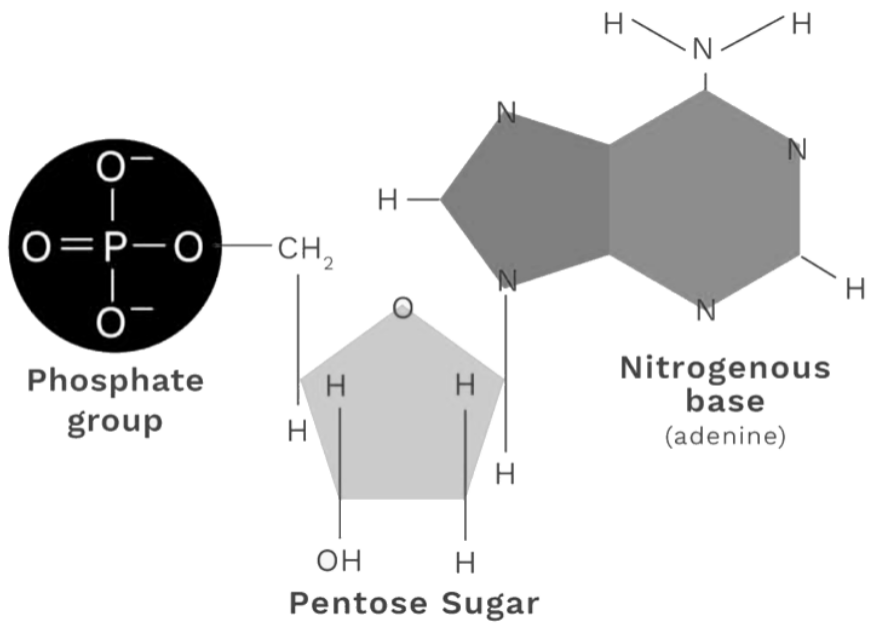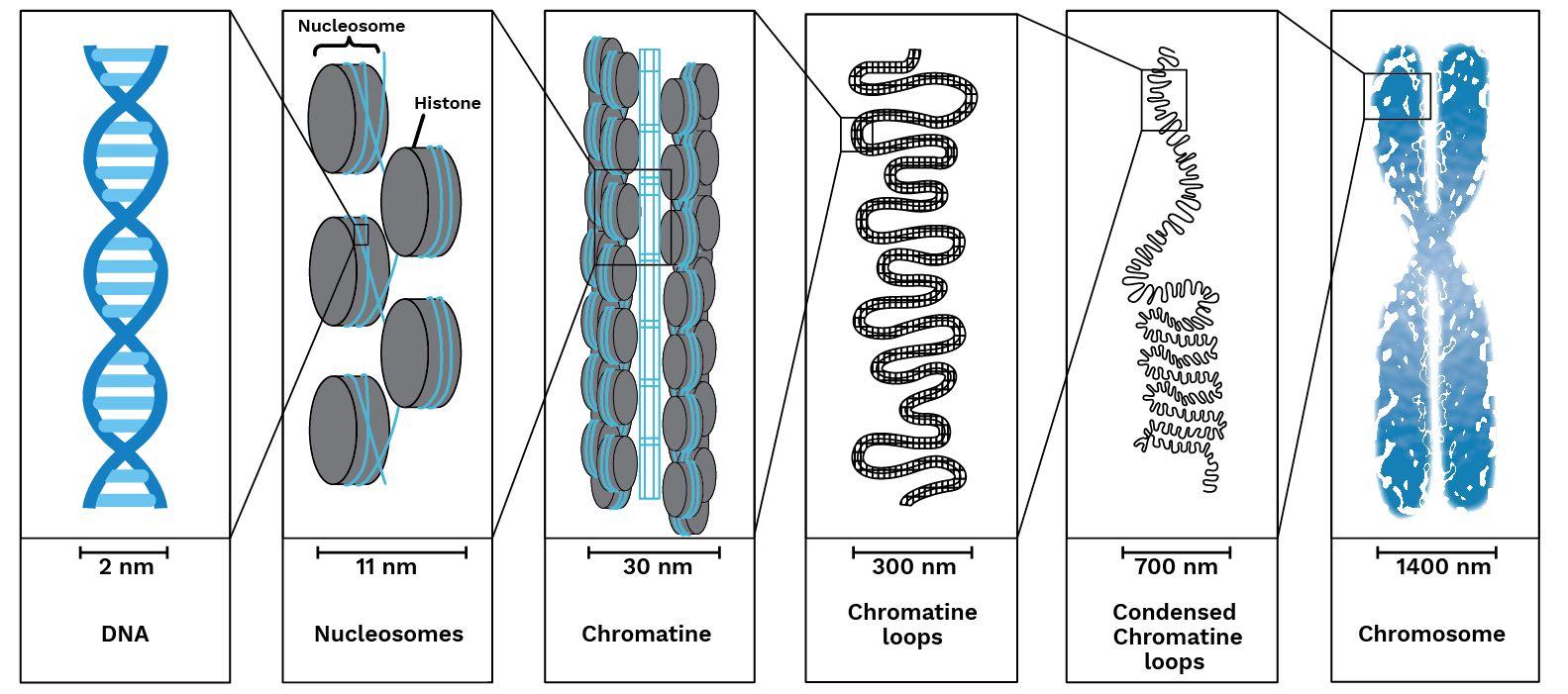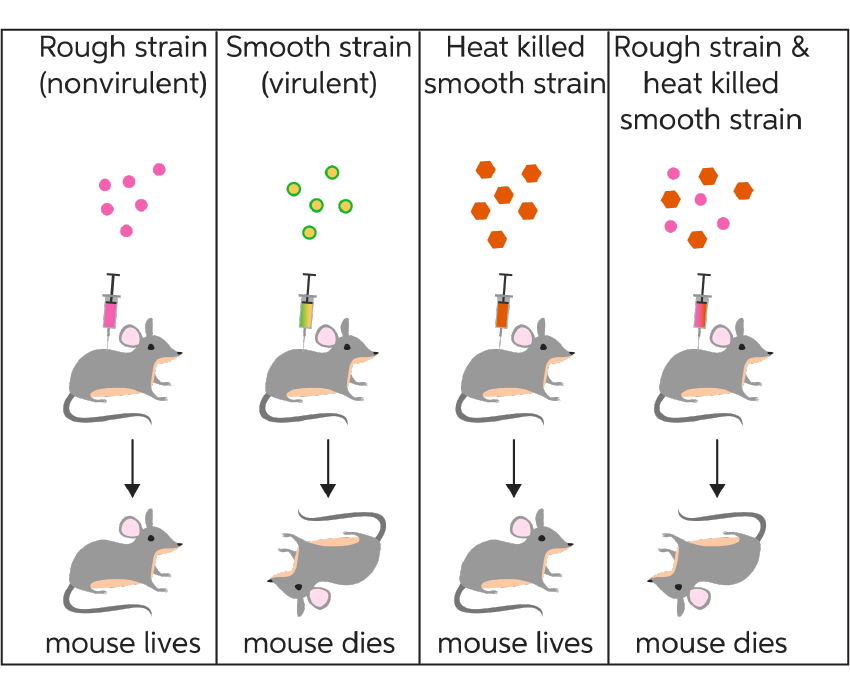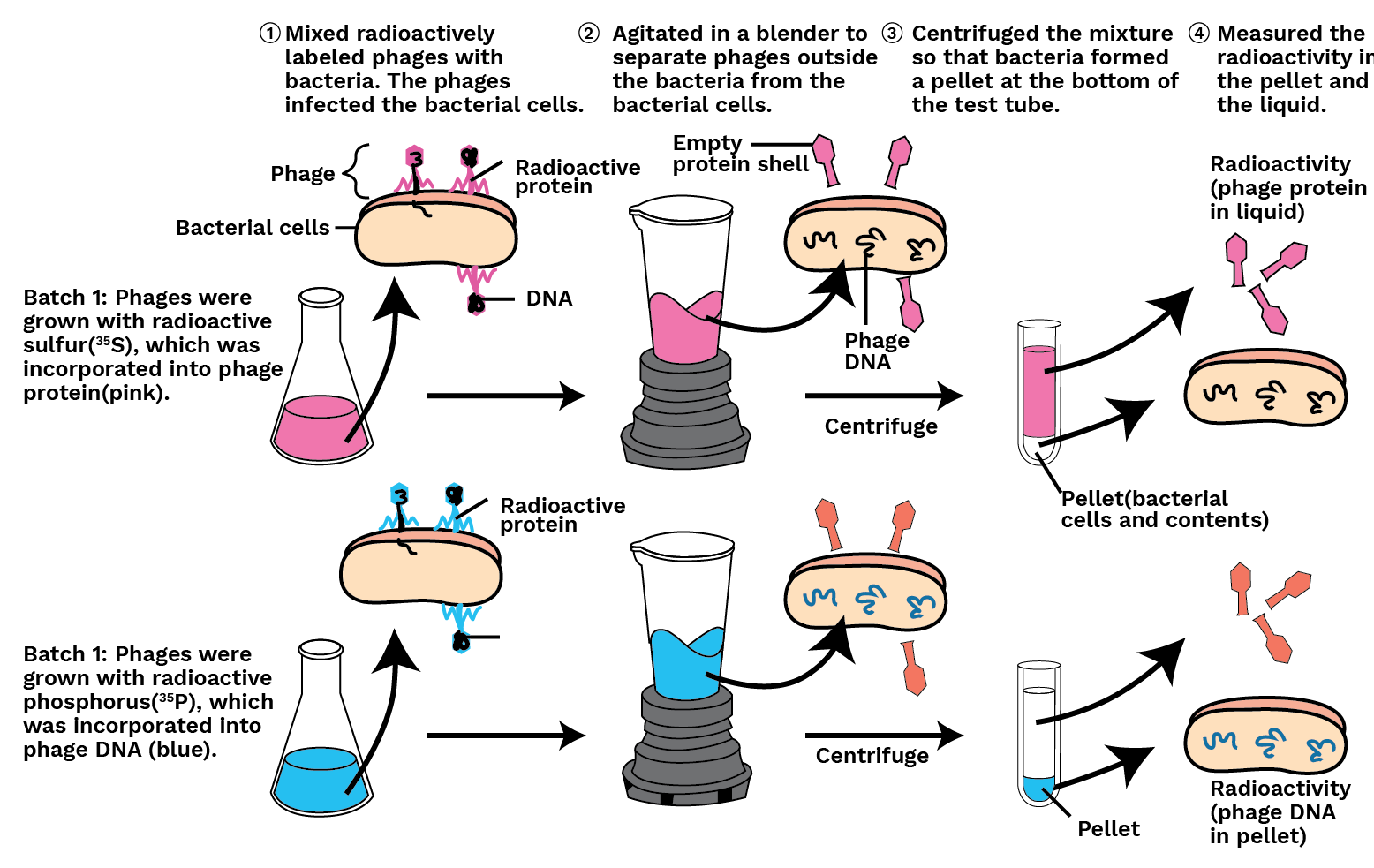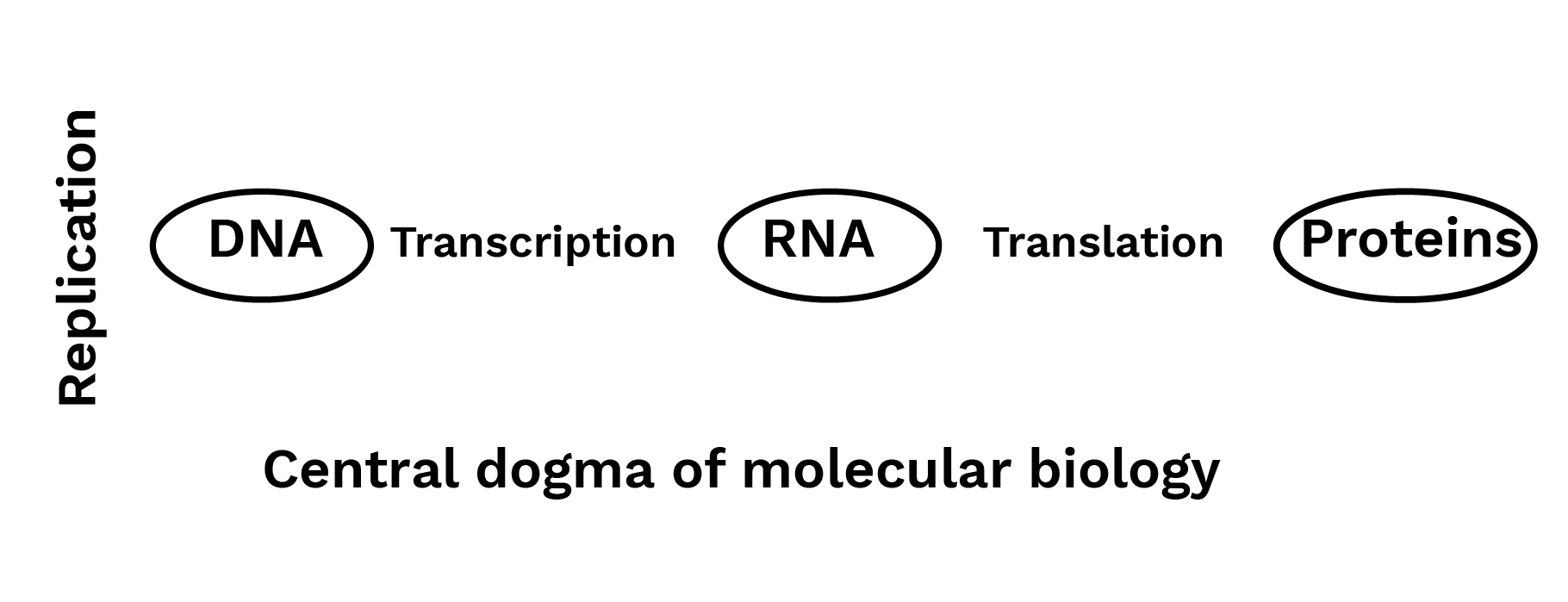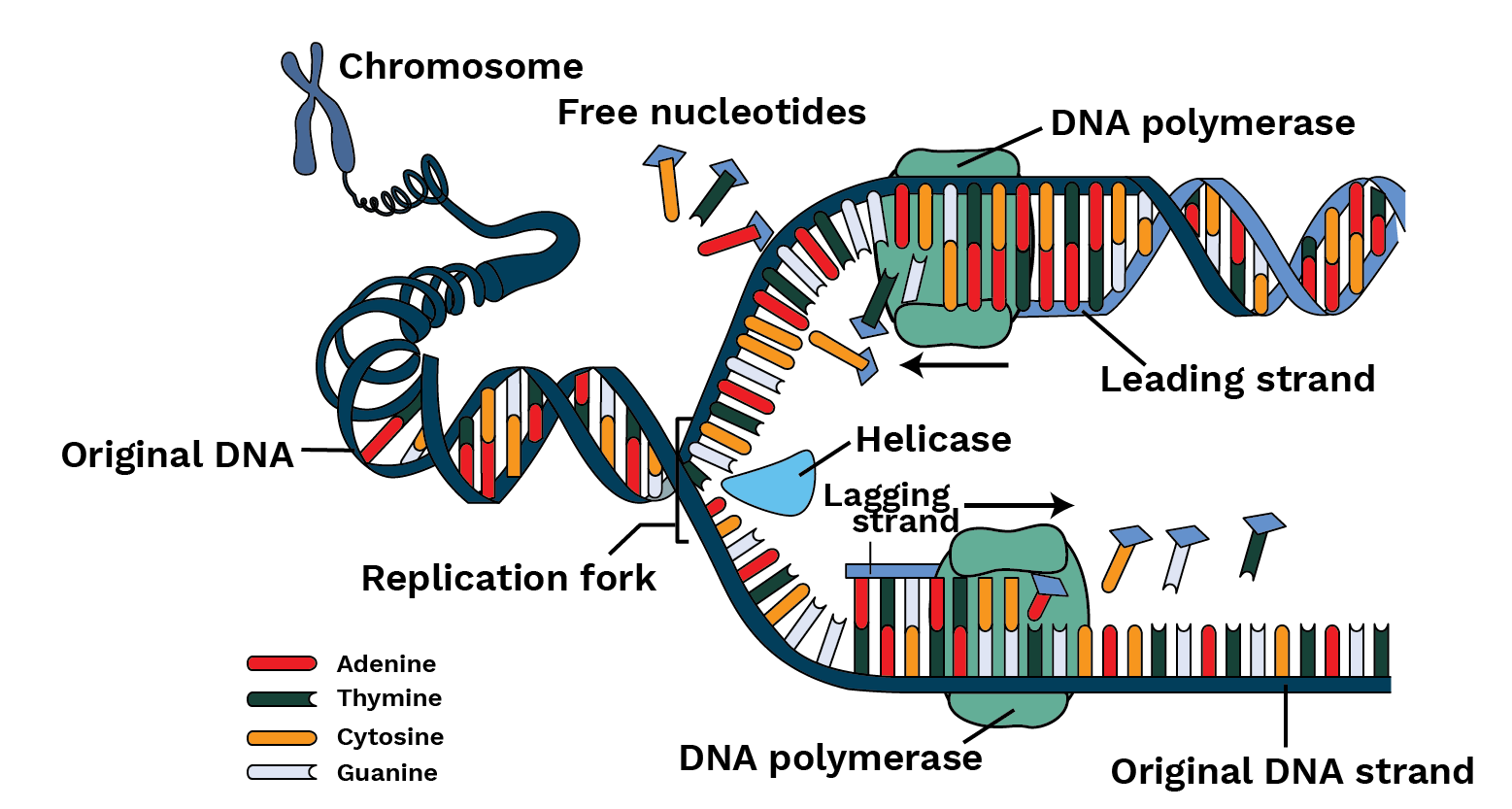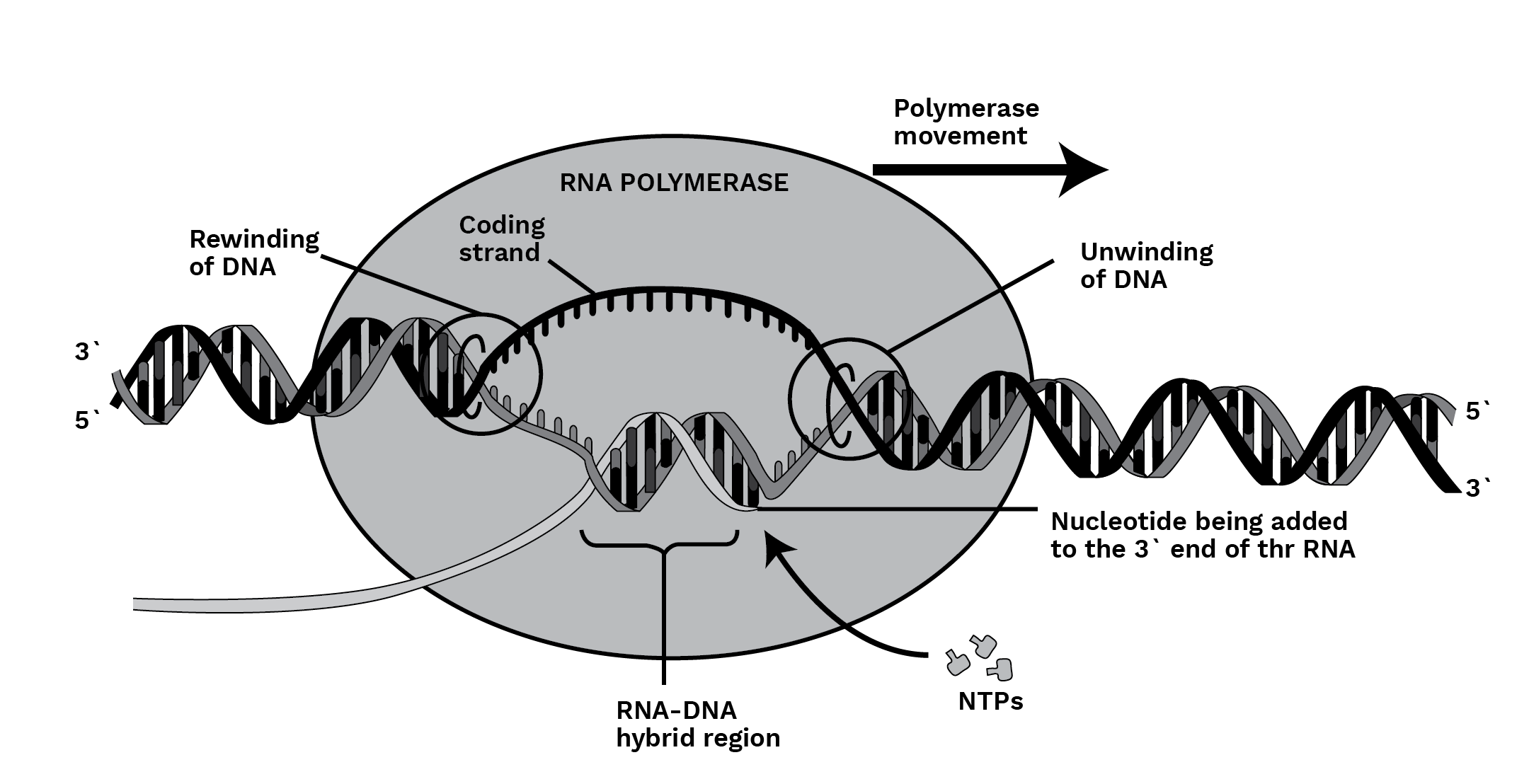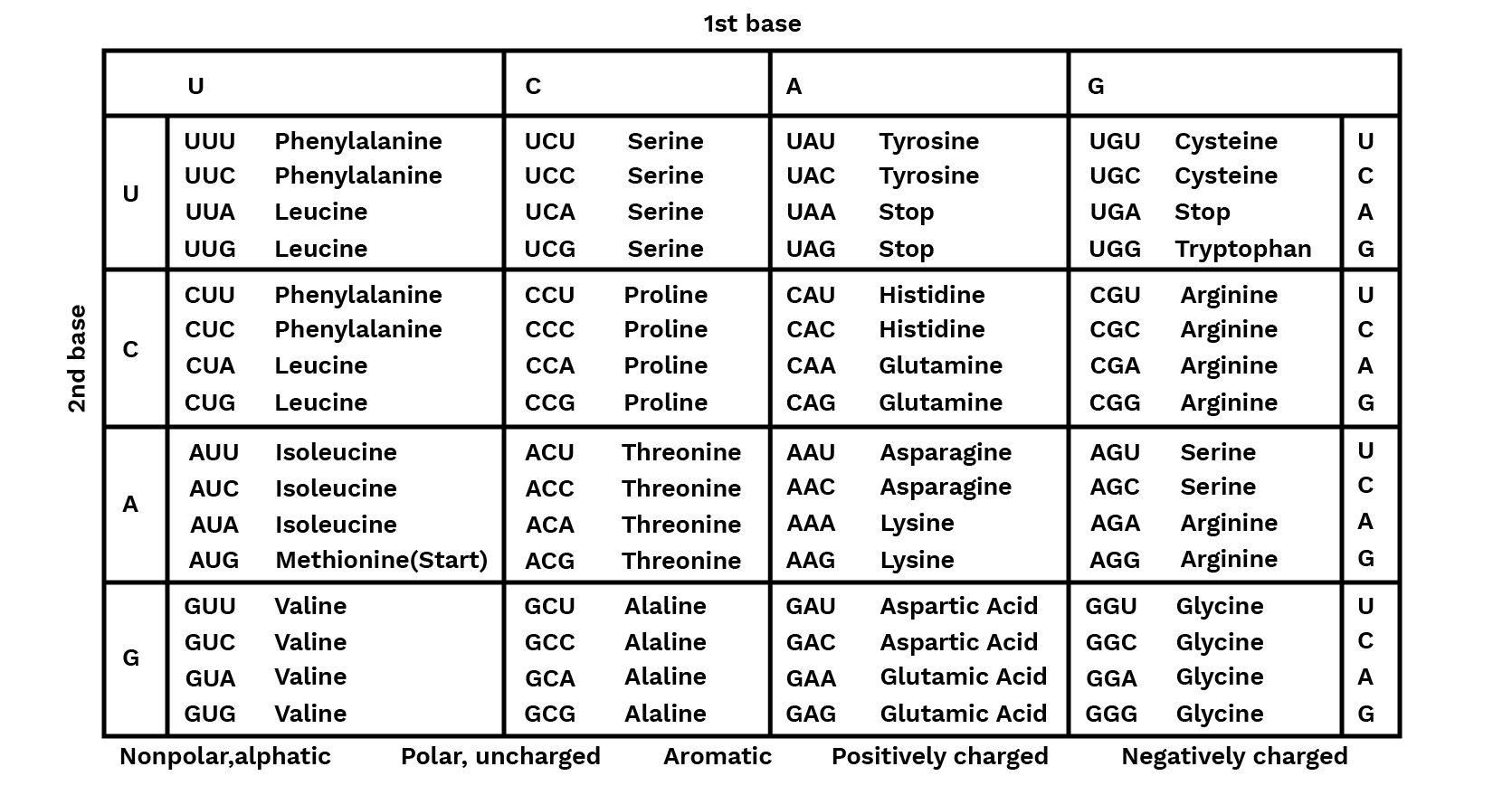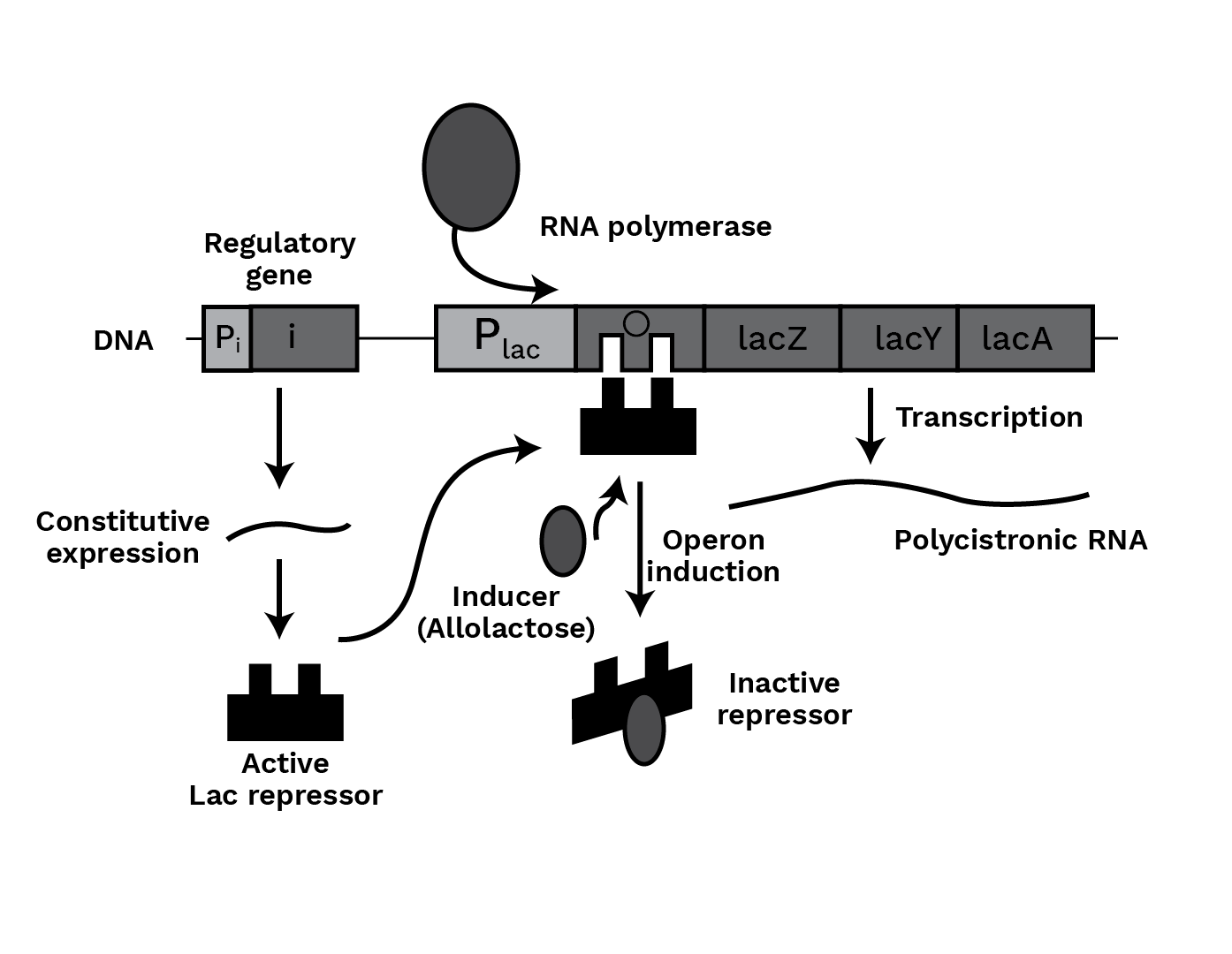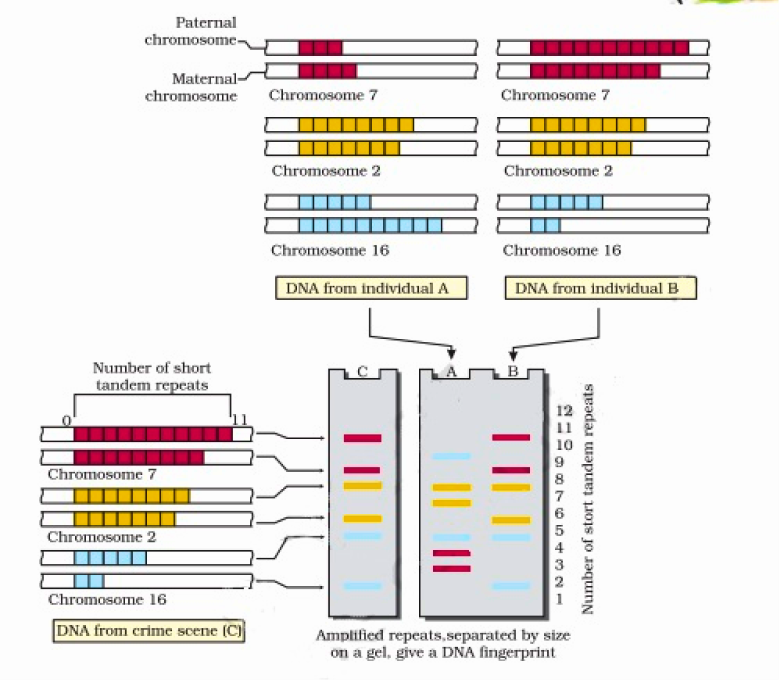Chapter 5 Molecular Basis of Inheritance Notes PDF - FREE Download


FAQs on Molecular Basis of Inheritance Class 12 Notes: CBSE Biology Chapter 5
1. What is the process of translation?
The process of protein synthesis in which mRNA is used to synthesize protein is known as translation. It is the process of gene expression or protein synthesis that occurs in the cytosol. The mRNA sequence is decoded to specify the amino acid of a polypeptide. Transcription consists of 3 steps.
Initiation
Elongation
Termination
2. What does the process of DNA replication involve?
DNA replication is the course of creating dual copies of DNA from a single DNA molecule. The original strand is known as parent strands, and the new strand is known as the daughter strands. It is a process of biological inheritance. The initial stage in DNA replication is to unzip the double helix assembly of the molecule.
3. What are the differences between the leading and lagging strand?
Strands which are synthesized continuously are known as leading strands, whereas the strands which are synthesized discontinuously are known as lagging strands.
Leading strand does not require DNA ligase for its growth.
In the case of lagging strand DNA ligase is vital for constructing the Okazaki fragment.
The direction of growth of a leading strand is 5’ – 3’.
The direction of growth of a lagging strand is 3’ – 5’.
Formation of a leading strand starts instantly at the start of replication.
Development of a lagging strand starts after that of the leading strand.
4. What is DNA?
DNA which stands for Deoxyribonucleic acid, is the genetic material of humans and other animals. The DNA was first found by Friedrich Meischer in 1869. James Watson and Francis Crick made the discovery of the double helix structure of DNA in 1953. DNA is a continuous polymer made from simple units called nucleotides that are kept together firm by sugar and phosphate groups. This backbone contains four types of molecules known as bases, which are Adenine, Thymine, Guanine and Cytosine.
5. How is DNA packaged in Eukaryotes?
Eukaryotes contain a well-defined nucleus made up of DNA, a negatively charged polymer. This negatively charged polymer is enfolded with a positively charged histone octamer to form a nucleosome. Histone octamer is basically formed by organizing eight molecules of histones (which are positively charged basic proteins). The histones attain positive charge as they are rich in amino acid residues such as lysine and arginine. The nucleosomes formed are then coiled even more, resulting in the development of chromatin fibers.
6. Where can I find the NCERT solution for Class 12 Biology Chapter 5?
You can obtain NCERT solutions for all the questions provided at the end of the Class 12 Biology Chapter 5 on Vedantu. You can avail the entire solutions in PDF format for FREE of cost. These solutions are written by the professional subject matter experts at Vedantu keeping the CBSE curriculum in mind. The solutions provided to you explains the concept in a brief and simple manner. The language used is quite simple to make it understandable for the students.
7. Why is Class 12 biology Chapter 5 important for students?
Class 12 biology chapter 12 ‘molecular basis of inheritance’ is an essential chapter for the students. This chapter holds the majority of the marks weightage in the board exams. Therefore, students must make sure to analyze the entire chapter thoroughly. This chapter tells the basic concepts of human genetics including DNA, RNA, process of replication, transcription, translation etc. Learn all the important definitions and practice all the important diagrams carefully. It is important to practice all the questions provided in the NCERT textbook.
8. Why should I prefer Revision notes of Vedantu for Class 12 biology Chapter 5 ?
Vedantu, today has become one of the renowned online learning platforms that offers the students with exclusive study materials and study guide for their learning process. Vedantu also provides well-written revision notes that encloses all the significant topics of any chapter, including for Class 12 Biology Chapter 5 Revision Notes. These revision notes are curated by experienced tutors and are available in PDF format on Vedantu. You can refer to these notes to enhance your concepts and revise the whole chapter in brief at FREE of cost on the Vedantu.
9. Why is studying the Molecular Basis of Inheritance Notes important for Class 12 students?
Understanding the Class 12 Molecular Basis of Inheritance Notes is crucial for grasping fundamental concepts in genetics, biology, and biotechnology, and it lays the foundation for advanced studies in medicine and life sciences.
10. How do Vedantu's Class 12 Biology Chapter 5 Notes help in understanding DNA replication?
Vedantu’s Molecular Basis of Inheritance Notes PDF simplifies the DNA replication process by breaking down each step and providing clear diagrams, making it easier for students to understand the mechanism.
























